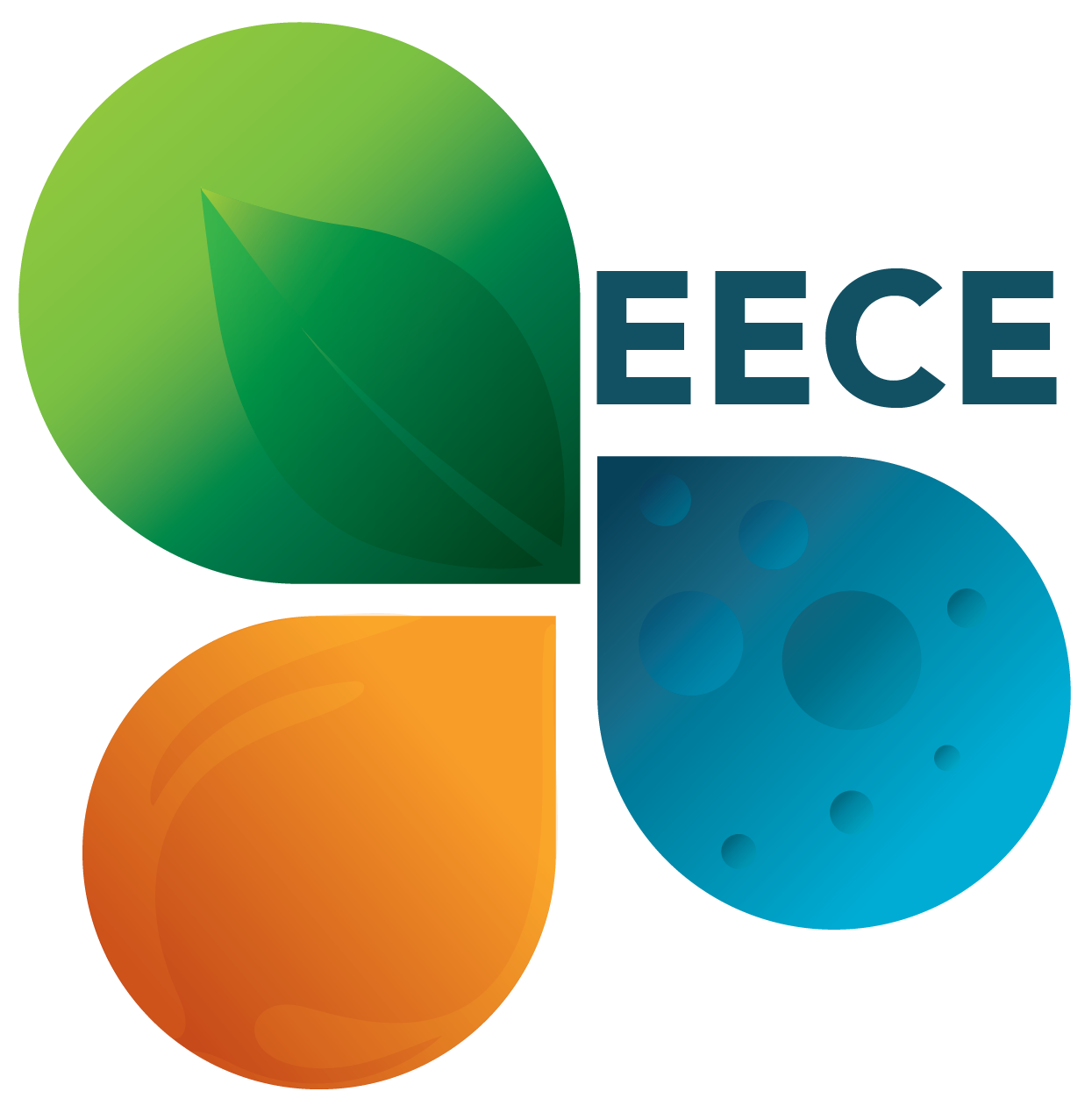Renewable and Alternative energy lab
Wind power plant
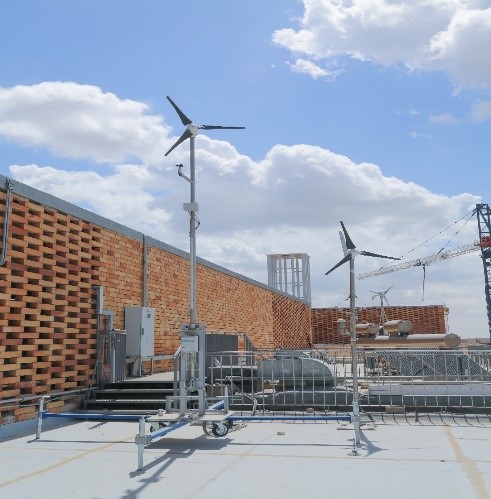
For learning wind power plant technology
Fuel cell testing panel
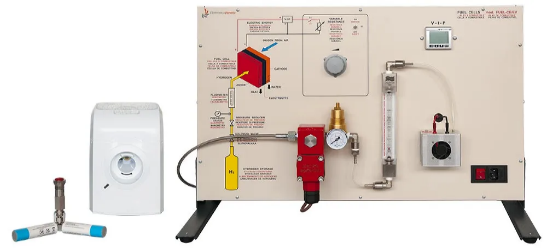
This system enables experimental investigation of the electrochemical energy conversion taking place in a fuel cell stack fed by hydrogen and oxygen (present in atmospheric air).
Fuel Cell Trainer

The Fuel Cell Trainer is ideal for teaching the basic engineering principles of PEM fuel cell systems. Extensive experimenting capabilities and comprehensive and revised instruction material with predefined experiments make it a complete instruction package. All components of the fuel cell system are displayed individually. Integrated displays for operating parameters support the instruction. The Fuel Cell Trainer modularity allows to easily adapt the difficulty level. The system can be operated by inexperienced users. The included software enables computer aided measuring and experimentation.
Renewable Energy Trainer
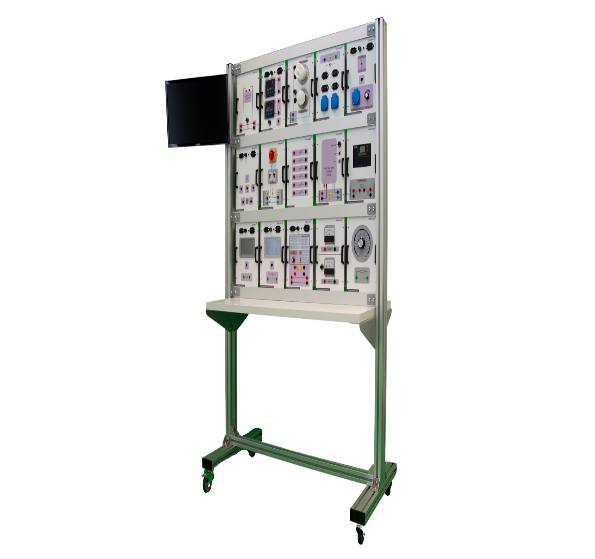
Made with professional-grade materials, the Horizon Renewable Energy Trainer allows a semester of high-quality experiments in renewable energy for any laboratory. The included solar energy simulator, projector, and wind turbine provide multiple renewable energy technologies for students to explore. The interactive software, also included, enables complete control of every aspect of the simulators and allows the students to observe and alter many parameters they would otherwise be unable to investigate.
on-grid photovoltaic trainer
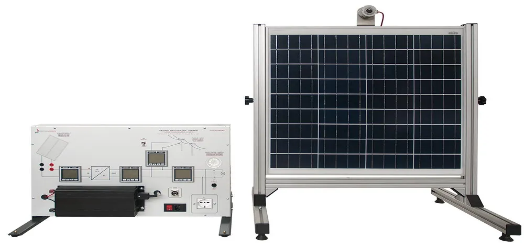
Energy saving and renewable energy exploitation are issues of fundamental importance at global level. The use of a photovoltaic panel allows to face these issues. The proposed system, which uses real components available on the market, allows the study and experimentation of the operation of a photovoltaic panel.
servo machine testing system

The servo-machine test bench is a complete testing system for examining electrical machines and drives. It consists of a digital controller, a brake and the Active Servo software. The system combines state-of-the-art technology with ease of operation. The system also allows manual and automated synchronization to be carried out.
Photovoltaic basic experiment
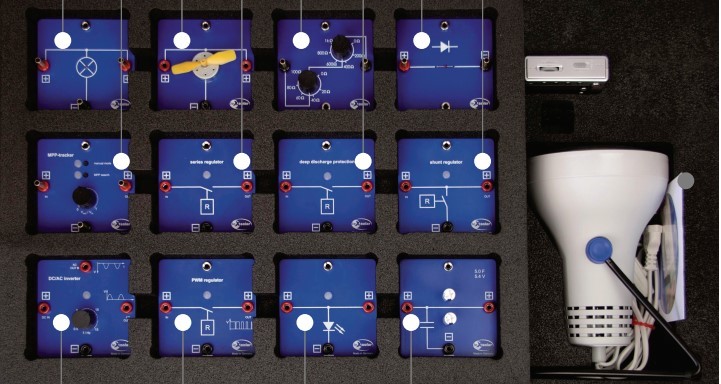
- Series and parallel connection of solar cells
- Power dependence on the surface area of the solar cell
- Power dependence on the angle of incidence
- Power dependence on level of illumination
- Power dependence on level of illumination under load
- Internal resistance dependence on level of illumination
- Shading effect on solar cells
- Dark characteristic curve of solar cells
- I-V-characteristics, MPP and fill factor of solar cells
- Dependence of the I-V characteristics of solar cells on level of illumination
- Dependence of the I-V-characteristics of solar cells on temperature
- Characteristic curve of solar modules
- I-V-characteristics of partly shaded solar modules
- Temperature coefficient of solar cells
Clean energy trainer
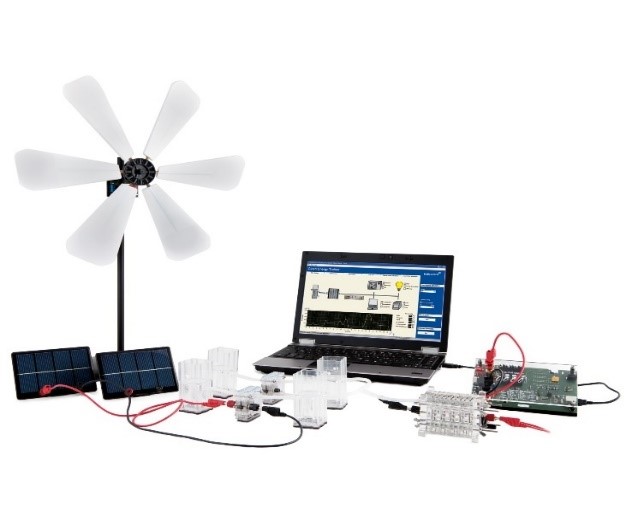
• Solar energy - electric energy transformation via photoelectric effect
• Electrical characteristics and efficiency of a photovoltaic cell
• Photovoltaic cell efficiency as function of the solar radiation
• Theoretical efficiency of a wind power system
• Experimental efficiency of a photovoltaic panel (optional datalogger and sensors required)
• Experimental efficiency of a wind power system (optional
datalogger and sensors required)
• Noise of a wind power system (Phonometer required - not
included, supplied upon request)
• Electromagnetic Compatibility of a wind power system (EMF)
Solar Hydrogen Extension
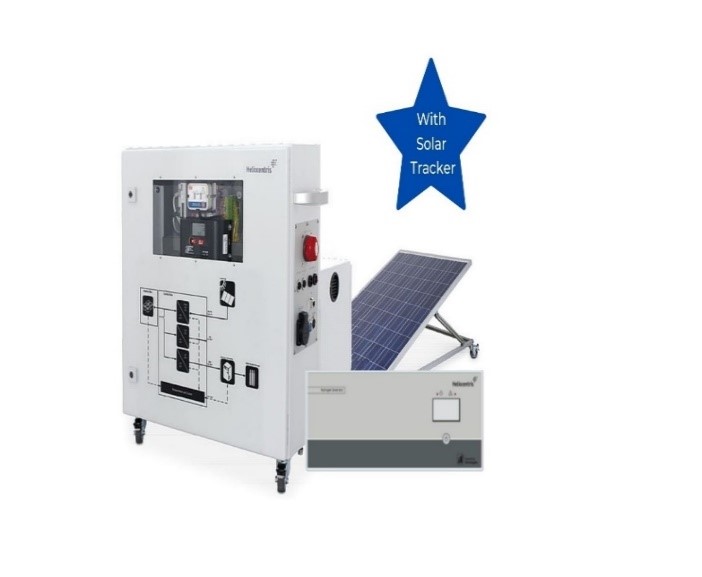
The direct current generated by the solar modules charges the system batteries by means of a load regulator. The power electronics, including an inverter and a DC converter, provide the user with 12 V DC and 230 V AC.
The system control provides for optimal operation of the hydrogen generator. It does not start operating until the battery has reached a minimum charge. This ensures uninterrupted operation of the
system in case of inconsistent sunshine. The hydrogen is stored in metal hydride
canisters, which are also used in training and fuel cell systems from Heliocentric
Principles of solar thermal energy

Physical principles by which solar energy heats water using solar collectors
- Sizing of collector surface, storage tank, primary circuit
- Filling and maintenance operations
• Plant parameters optimization
